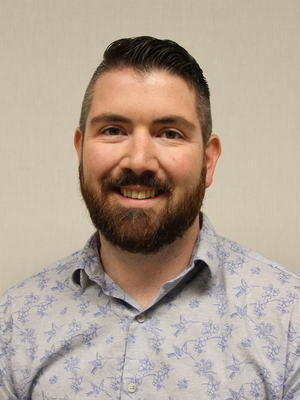Keeping Our Patients and Health System Safe
Nov, 2019

 The past few months have been busy for our director of safety and security. In September, John Muir Health joined forces with local law enforcement and fire departments to train for the possibility of an active shooter in the hospital. Then, they prepared for and managed the impacts of public safety power shutoffs that affected hundreds of thousands of residents in Northern California. We thought it would be interesting to take a look at how we keep patients and staff safe.
The past few months have been busy for our director of safety and security. In September, John Muir Health joined forces with local law enforcement and fire departments to train for the possibility of an active shooter in the hospital. Then, they prepared for and managed the impacts of public safety power shutoffs that affected hundreds of thousands of residents in Northern California. We thought it would be interesting to take a look at how we keep patients and staff safe.
How long have you been with John Muir Health? How did you came to be in your current position?
I have been at John Muir Health for about 5 and a half years. I started as director of safety. About two years ago, my roll expanded to include security, among other things. My background is heavily in workplace safety. I’ve been in healthcare safety for more than 10 years.
What kind of training does your team do throughout the year?
Different teams get training specific to their rolls. For workplace violence prevention, we have annual trainings in de-escalation as well as techniques for getting out of situations where de-escalation did not work. Other trainings cover emergency preparedness, including patient evacuation and transport on Med Sleds. Med Sleds are used to evacuate non-ambulatory patients from units above the first floor when the elevators can’t be used.
Who do you call on to be part of your “team?” What skills and knowledge do you count on most?
We are all part of the team. When disaster strikes, whether anticipated or not, all of us come together and utilize the skills and knowledge from across the health system to address whatever the issue is at hand. No one single person has all the answers. We depend on coming together to discuss the situation and address it together in the best way possible. Our priority is always our staff and patients. Everything we do is focused on maintaining safety for everyone so we can deliver high quality patient care while maintaining the safest environment to give and receive care.
We’ve experienced a number of closures recently due to power shutoffs. What steps do you take to prepare for something like that?
The steps are really determined by the locations affected. When doctors’ practice sites are impacted - which has been the biggest impact we’ve seen so far - we pull the teams together via a command center to relocate those who work at an affected site, and reschedule or redirect patients. We also have certain items like medications that require refrigeration. Medical centers are equipped with backup generator power that ensures the medical centers can operate without disruption during outages.
What did we learn from those experiences that will help us prepare for future incidents?
These experiences allow us to constantly enhance our emergency operations plan. Most of what we learned were small details that surround our process for relocating practices.